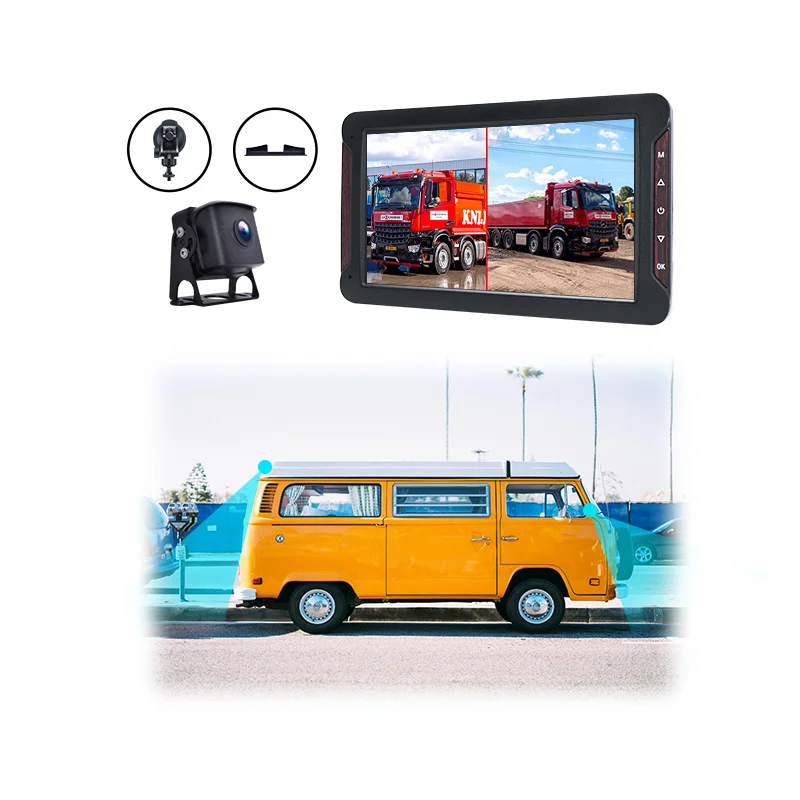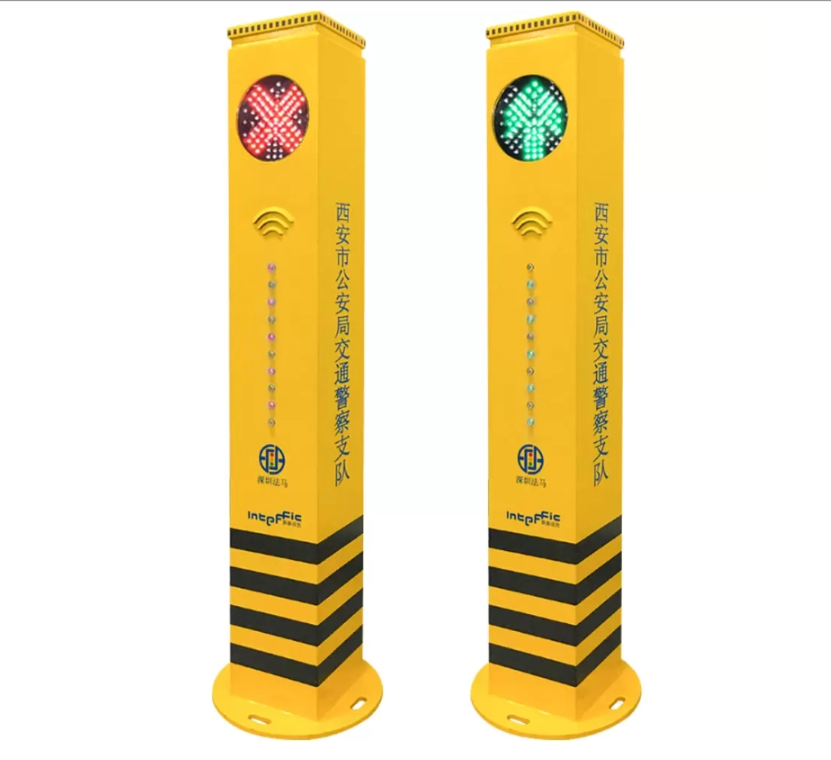The Pinnacle of Safety: Unveiling the World’s Safest Car
In an era where automotive technology is rapidly evolving, the quest for safety in vehicles has never been more paramount. As consumers become increasingly aware of the potential dangers on the road, the question arises: What is the safest car in the world? This inquiry is not merely about crash test ratings or the presence of airbags; it encompasses a comprehensive analysis of advanced safety features, structural integrity, and real-world performance. In this article, we will delve into the multifaceted aspects of automotive safety, highlighting the vehicles that stand out in this critical domain.
Understanding Automotive Safety
Automotive safety can be broadly categorized into two main areas: active safety and passive safety. Active safety features are designed to prevent accidents from occurring in the first place. These include technologies such as Anti-lock Braking Systems (ABS), Electronic Stability Control (ESC), and advanced driver-assistance systems (ADAS) like lane-keeping assist and adaptive cruise control. On the other hand, passive safety features come into play during an accident, aiming to minimize injury. These include crumple zones, airbags, and seatbelt systems.
The Role of Crash Test Ratings
Organizations such as the National Highway Traffic Safety Administration (NHTSA) and the Insurance Institute for Highway Safety (IIHS) conduct rigorous crash tests to evaluate vehicle safety. These tests assess how well a vehicle protects its occupants in various collision scenarios. The ratings provided by these organizations are crucial for consumers seeking the safest options. However, it is essential to recognize that these ratings are just one piece of the puzzle.
The Emergence of Advanced Safety Technologies
In recent years, the automotive industry has witnessed a surge in the development of advanced safety technologies. Features such as automatic emergency braking, blind-spot monitoring, and pedestrian detection have become increasingly common. These innovations not only enhance the safety of the vehicle but also contribute to a more informed driving experience. For instance, vehicles equipped with adaptive cruise control can adjust their speed based on traffic conditions, significantly reducing the likelihood of rear-end collisions.
The Contenders for the Title of Safest Car
As of 2025, several vehicles have emerged as frontrunners in the quest for the title of the safest car in the world. Among them, the Volvo XC90 stands out due to its robust safety features and exemplary crash test ratings. Volvo has long been synonymous with safety, and the XC90 is no exception, boasting a suite of advanced safety technologies and a strong structural design.
Another notable contender is the Tesla Model 3, which has garnered attention for its impressive safety ratings and innovative features. The Model 3's low center of gravity, thanks to its battery placement, contributes to its stability, while its Autopilot system offers advanced driver-assistance capabilities.
The Subaru Ascent also deserves mention, particularly for its EyeSight Driver Assist Technology, which includes features like pre-collision braking and adaptive cruise control. Subaru's commitment to safety is evident in its vehicles, which consistently perform well in crash tests.
Real-World Safety Performance
While crash test ratings and advanced technologies are essential, real-world safety performance is equally critical. The safest car should not only excel in controlled environments but also demonstrate reliability in everyday driving scenarios. This is where consumer feedback and accident statistics come into play. Vehicles that consistently receive positive reviews from drivers regarding their safety features and performance in real-world conditions are often the best indicators of true safety.
Conclusion: The Future of Automotive Safety
As we look to the future, the automotive industry is poised for further advancements in safety technology. The integration of artificial intelligence, machine learning, and enhanced connectivity will likely lead to even safer vehicles. However, the question of what constitutes the safest car in the world remains complex and multifaceted. It requires a holistic approach that considers not only crash test ratings but also the effectiveness of active and passive safety features, real-world performance, and consumer experiences.
In conclusion, while vehicles like the Volvo XC90, Tesla Model 3, and Subaru Ascent are leading the charge in automotive safety, the quest for the safest car is an ongoing journey. As technology continues to evolve, so too will our understanding of what it means to drive safely. For consumers, staying informed and prioritizing safety features in their vehicle choices will be paramount in navigating the roads of tomorrow.




